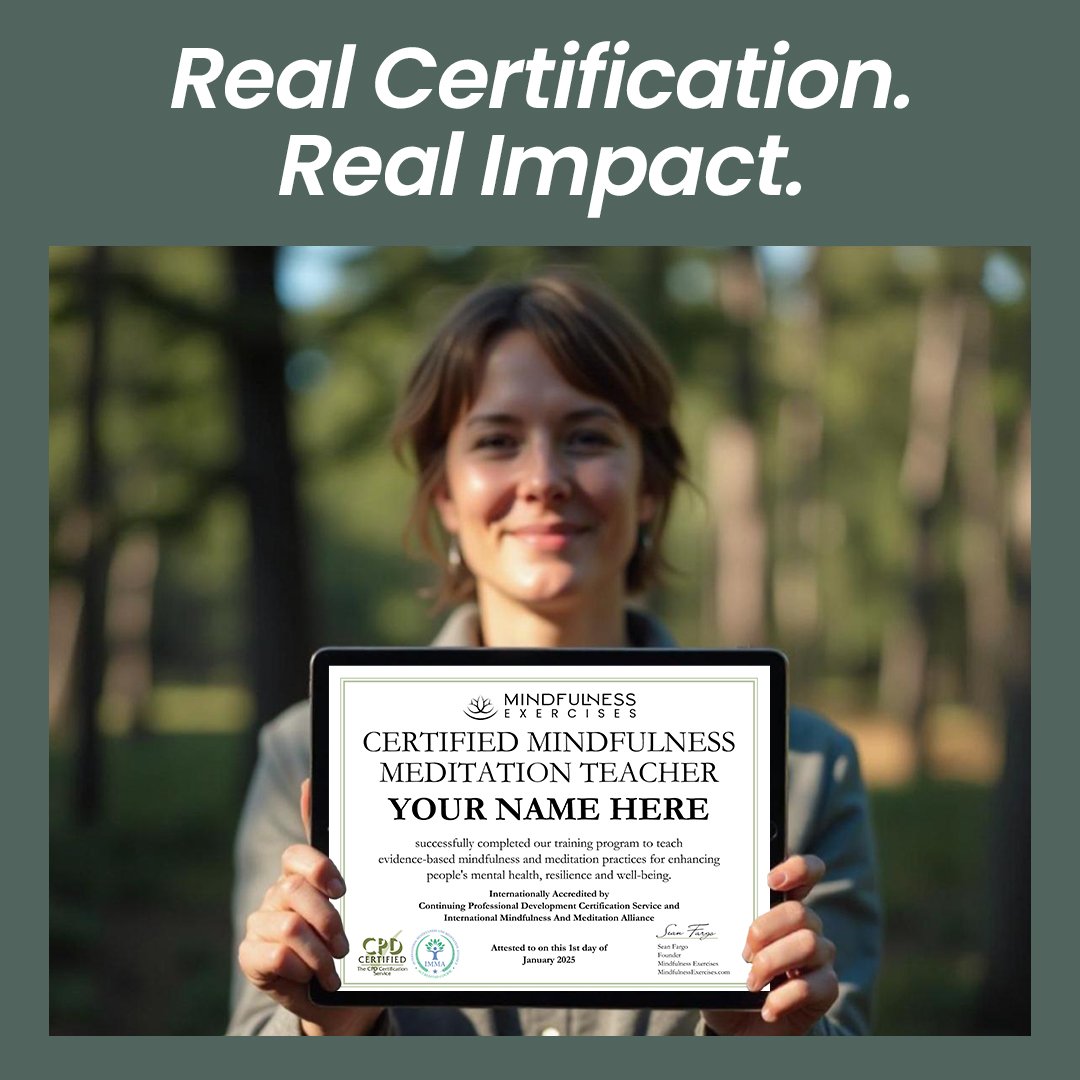“Yoga” means “union” or “union with the divine.”
It doesn’t mean “contortionism,” “hippie commune” or “Lululemon.”
“Judaism” means “monotheistic religion [of the Jews]” or “belief characterized by one transcendent G-d.” It doesn’t mean “bagels and lox,” “Curb Your Enthusiasm” or “big beard and black hat.”
And “Jewish yoga” certainly doesn’t mean “contorting my body to the shrill soundtrack of a Larry David monologue.” Nor does it mean giving up my Judaism.
Not even close.
My practice weaves yogic teachings and philosophies with Jewish teachings and philosophies. And while I don’t think such a practice is all that rare nowadays, it is sometimes dismissed by people on both sides of the coin without much understanding. Disapproving Jews say “Feh! It’s a Hindu practice and it’s avodah zarah (Hebrew for “idolatry”). Disapproving yogis say “…but how can you practice Jewish yoga? Yoga is for everyone!”
Here’s what I can tell anyone who holds either of those disapproving opinions: it works for me.
I am part of a growing body of people who recognize deep, logical and undeniable links between the practice of yoga and the practice of Judaism. My Jewish-infused yoga practice is where I draw inspiration, seek silence, challenge my ego, find understanding, share community and tap into connection with G-d, Hashem, Adonai….or whatever you want to call the divine source that connects us all. Rabbi Myriam Klotz has said, “Yoga is a means through which I can come to ‘sit in the House of God’ ” [Psalm 27]. I couldn’t agree more.
By examining the basic tenets of yoga and Judaism separately, we can better see why so many people are drawn to “yoga with a Jewish twist” …….oh…and puns? Definitely Jewish.
At its core, yoga is a practice that unifies practitioner with source, human with divine. While we are all human, yogis believe and revel in the notion that the common thread among all things—living, nonliving, animate, and inanimate—is the divine. The asanas, or the actual poses, are just a tiny part of the (much) larger picture of the “union” that yoga explores.
In his text The Yoga Sutras (literally “the book” on yoga), Pantanjali illustrates the eight limbs of yoga. Limb by limb he spells out exactly what it means to practice—and it’s much more than downward dog and plank pose. In fact, the only real guidance on the actual poses is an admonition that they must be “steady, firm and comfortable” (sutra 2.46). Most of the text is devoted to extolling the proper virtues of a yogi (compassion, truthfulness, non-violence, non-stealing) and outlining specific ways to solidify the union with the divine (breathing, focusing energy on a single point, following rules to live a pure, proper, balanced, non-disturbed life, turning inward), with a huge emphasis on the importance of acknowledging, praising and ultimately melding with the divine.
At its core, Judaism is a religion based on the belief, eloquently stated by Maimonides, that “all existence depends on G-d and is derived from G-d.” It follows that in Judaism, while inhabiting this temporary body, we are obliged to perform tikkun olam (“repair of the world”) through the fulfillment of 613 mitzvot, or “commandments” (also often loosely translated to mean “good deeds”).
The mitzvot spell out exactly what it means to be an upright Jew: recite prayers of thanksgiving for food, do not engage in hurtful speech, give charity, honor your parents, keep your word, don’t covet, and 607 other various and sundry commandments. By following the commandments, performing acts of reparation, and engaging in lovingkindness, we indeed become closer with G-d.
And while “poses” are not at the crux of any Jewish practice, there certainly are specific movements that a Jew in prayer performs: bowing, standing, swaying—all in the name of creating oneness with Hashem. In the Talmud (a collection of rabbinic discussion, analyses and musings on Jewish law and ethics), it is written that Rabbi Shimon Ben Gamliel would “bow down and put two thumbs into the earth, suspend his body in the air, kiss the ground, and straighten up” (Babylonian Talmud, Tractate Succot, 53a).
Unfortunately, mainstream “Jewish practice” in the modern world is often understood to take place only in cavernous rooms with stained glass windows, filled with people clad in designer suits and dresses, void of any movement or breathing. The swaying, meditation and exaltation that used to accompany Jewish prayer on a wide scale have all but disappeared outside of Chasidic and Jewish Renewal communities. When was the last time you saw someone bust out a handstand in shul?
Similarly, the phrase “yoga practice” has become largely synonymous in the modern Western world with “asana movement practice.” It evokes images of ripped, toned twenty-somethings sweating it out on rectangular rubber mats laid over pristine hardwood floors. In reality, one can practice yoga anywhere: on the bus, in the home, in the middle of that important meeting, during a conflict with a family member…especially during a conflict with a family member. That’s where kshama (patience) and daya (compassion)—two “non-asana” aspects of yoga—are truly needed.
Yoga and Judaism, two ancient practices that seemingly share so much, have been narrowly interpreted to a fault. We’re simply not seeing the whole picture. But that doesn’t have to be the case.
I’m not a rabbi, but I know that the trend in modern rabbinic authority makes it abundantly clear that the practice of yoga is not avodah zara. I’m not a guru, but I’ve been to enough yoga classes with themes on Shiva, and chants of “Hari Bol” and “Shri Ram” to know that infusing a religious practice into a yoga classes is totally acceptable and enjoyable for a great many people. And while I’m not a nutritionist, I do know a thing or two about vitamins.
I know that if I limited my vitamin consumption to fish oil and only fish oil, my body would certainly appreciate the introduction of Omega-3s and all the positive effects that would follow: better heart health, cancer prevention, vibrant skin, etc., etc. But if I limited my vitamin consumption to fish oil and fish oil only, I’d surely miss out on the digestive benefits of my probiotic, the rise in bone density concentration and the mineral infusion from my coral calcium, etc., etc.
Reb Zalman Schachter-Shalomi has said,
“We’ve gone about as far as we can go as separate and isolated faiths. G-d has given each faith some vitamins that the others need, and we won’t be able to survive in health unless we exchange those vitamins.”
While I agree with the spirit of Reb Zalman’s sentiment, I don’t fully agree with his word choice. I wish he would’ve said “spiritual practice” instead of faith. To be clear, yoga is not a faith. Yoga is a physical and spiritual practice, not a religion. Practicing yoga does not mean it must be to the exclusion of practicing Judaism, or vice-versa. Yoga works well in concert with any faith; yogis do not give up their religion and become apostates the minute they get into standing splits.
While classes that talk about Ganesh and chant “Om Nama Shivaya” are nice, these themes are just not mine. They don’t tap into my deeply-held beliefs as a Jew. What has made my practice more emotionally connecting, meaningful, comforting and enriching has been the introduction and exploration of text, Torah and Jewish prayer into my yoga practice. The synergy has made my yoga practice more personal, and my Jewish practice more relevant. It feels authentic and powerful. Spiritually, it feels like a potent mix of diverse but complementary vitamins at work for the betterment of my soul.
Practicing unity with the divine and fulfilling G-d’s commandments can (and should!) be done simultaneously; if you’ve never done it, try it before you knock it. You might find that both experiences become more profound. Perhaps you’ll see that you can repair the world with a stronger intention and effect greater change. And if you’re asking my opinion? It just plain feels good.
So practice your Vinyasa. Pray. Move. Meditate. Sweat. Study Torah. Keep Shabbat. Live the Yamas. Clear your mind. Read the Yoga Sutras. Take your spiritual vitamins. Be healthy and prosperous, inside and out.
Namaste and Shalom.
~
Editor: Kate Bartolotta.
Zack Lodmer teaches yoga to his own cadence of life. As the founder of Om Shalom Yoga, Zack weaves electronica versions of Jewish melodies, composed and recorded for this flow, and Jewish and yogic philosophies and teachings into an all-levels, uplifting Vinyasa flow yoga class. Zack will be teaching at the Tadasana International Festival of Yoga & Music. His class, Om Shalom Yoga, will feature live music by Kirtan Rabbi. To save $50 off a 3-day pass to Tadasana, use his promo code Lodmer.

 Share on bsky
Share on bsky





Read 16 comments and reply